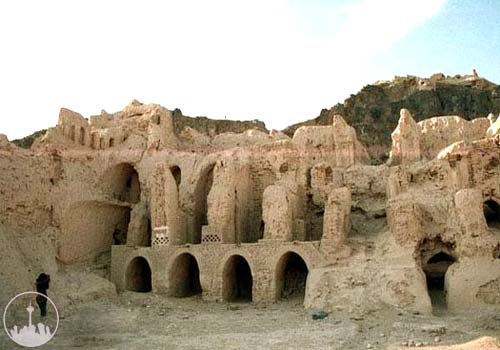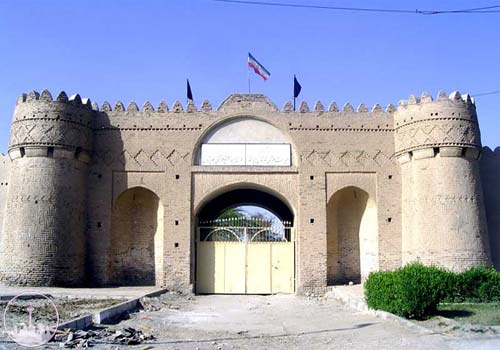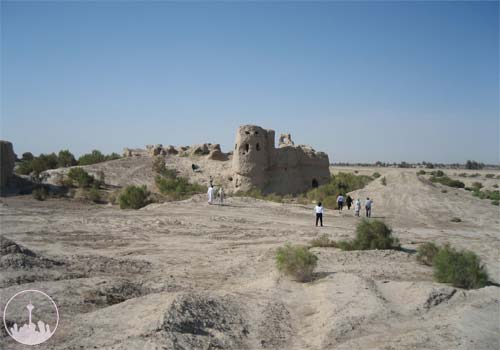Geographical Position, Sistan Va Baluchestan
The said province covers an area of 181,785 sq. km. and is located to the east of Iran. The various townships of this province are, Iran Shahr, Chabahar, Khash, Zabol, Zahedan, Saravan, and Nik Shahr. Zahedan is the center of this province. The province comprises of two sectors, 'Sistan' in the north and 'Baluchestan' in the south. In the east it has common borders with Pakistan and Afghanistan. In the south is the Oman, to the north and northwest is Khorassan province and to the west stand Kerman and Hormozgan provinces.In the year 2006, the province had a population of approximately 2,405,740 of which 49.59 % resided in the urban areas, 50.15 % in the rural areas and the rest accounted as non-residents. According to the natural relief, the formation of this area relates to the late Cenozoic period, and due to the tectonic movements, the mountains have been segregated from the sea. Thence, calcareous sedimentation from the sea, in addition to other comparatively large and soft sediments, have piled up on each other. The southern part of the province known as Mokran, is gradually subsiding due to the thickness of the clay or sandy sedimentation of the Cenozoic period. The altitudes of the province belong to the Mezozoic and Cenozoic periods and are composed mainly of limestone and gypsum. Some of the mountains of this province, for example Taftan volcano, are of the late Cenozoic and early Quaternary periods. The altitudes or heights of Sistan Va Baluchestan are part of the central mountain ranges of Iran, and comprise of the uneven lands of the eastern sector of the Challeh Loot and the elevations of the eastern and southern walls of the Challeh Jazmoorian. These mountainous walls stretch out from north to south, and reach a maximum in the area between Iran Shahr and Koohak. These irregularities form both distinctive sections of the mountains of Sistan Va Baluchestan.


Climate, Sistan Va Baluchestan
With regards to the geographical location of this province, Sistan Va Baluchestan comes under the influence of various air currents and also high pressure of medium latitudes. The most prominent climatological phenomenon of the region being the heat. Besides which the strong seasonal winds, sand storms, torrential showers a high percentage of humidity and morning fog are other factors to be considered. Basically this province experiences long, hot summers and short winters, the coldest city being Zahedan and the warmest Iran Shahr. Whereas the coastal region of the Oman Sea has warm weather coupled with a higher percentage of humidity. Sistan Va Baluchestan province accounts for one of the driest regions of the country with an increase in rainfall from east to west, and an obvious rise in humidity in the coastal regions. The province is subject to seasonal winds from different directions, the most important of which are, the 120-day wind of Sistan known as Levar, the Qousse wind, the seventh (Gavkosh) wind, the Nambi or south wind, the Hooshak wind, the humid and seasonal winds of the Indian Ocean, the North or (Gurich) wind and the western (Gard) wind.

History and Culture, Sistan Va Baluchestan
The province is comprised of two distinct segments from the point of view of its natural characteristics and habitation. Namely being Sistan and Baluchestan. The current Sistan is situated in the north of the province, and due to its strategic position and geographical location, has been considered an important region throughout history. In the epigraphs of Bistoon and Persepolis (Tahkht-e-Jamshid), Sistan has been mentioned as one of the eastern territories of Darius (Dariyoosh). The name Sistan is derived from 'Seka' one of the Aryan tribes that had taken control over this area in the year 128 BC. From the Sassanide period till the early Islamic period, Sistan flourished considerably. During the reign of Ardeshir Babakan, Sistan came under the jurisdiction of the Sassanids, and in the year 23 AH., the Arab moslems gained access to this territory. Such that during the rule of Moaviyeh, this region was completely under his domain. The primal governor of this region was the renounced Yaqoob Lais Saffari, whose descendants dominated this area for many centuries. Other dynasties such as the Saffarian, Samanides or (Samani), Qaznavid, and Saljuqi also ruled over this territory for a period. But the region witnessed heavy damage during the Mongol assault. In the year 914 AH., Shah Esmail Safavid conquered Sistan, and in the reign of Nader Shah due to internal discrepancies, the region saw damages too. The ancient name of Baluchestan was 'Moka' and through the passage of time it changed to Mokran, which is known as the southern sector of Baluchestan. This territory came to be known as Baluchestan from the time that the Baluch tribes settled here. According to the relics discovered in the hillocks of Baluchestan, the history of this region dates back to the 3000 BC. During the reign of the second caliph, this territory was conquered by the Arabs and an Arab commander was assigned as governor. In the year 304 AH., Baluchestan was conquered by the Daylamians and thereafter the Saljuqis, when it became a part of Kerman. After the reign of Nader Shah, Baluchestan was formally, a part of Iran, but devoid of a local self-rule. Mohammad Shah Qajar beseiged the territory of Iran Shahr and gradually the coastal region of Baluchestan came under the rule of the central government. Generally speaking, the inhabitants of the province of Sistan Va Baluchestan embrace their own norms and traditions, and this region can be accounted as one of the sight-seeing areas in the country. Two of the important tribes, named as 'Barahuie' and 'Baluch' reside in Sistan Va Baluchestan province. Their means of livelihood, life-style, mode of dwelling, customs, traditions and tribal paths all form a cultural background worth seeing. A group of scholars, orators and literary personalities have sprung up from this part of the country, amongst which are the reputed Farrokhi Sistani, Yaqoob Lais and Rostam.

